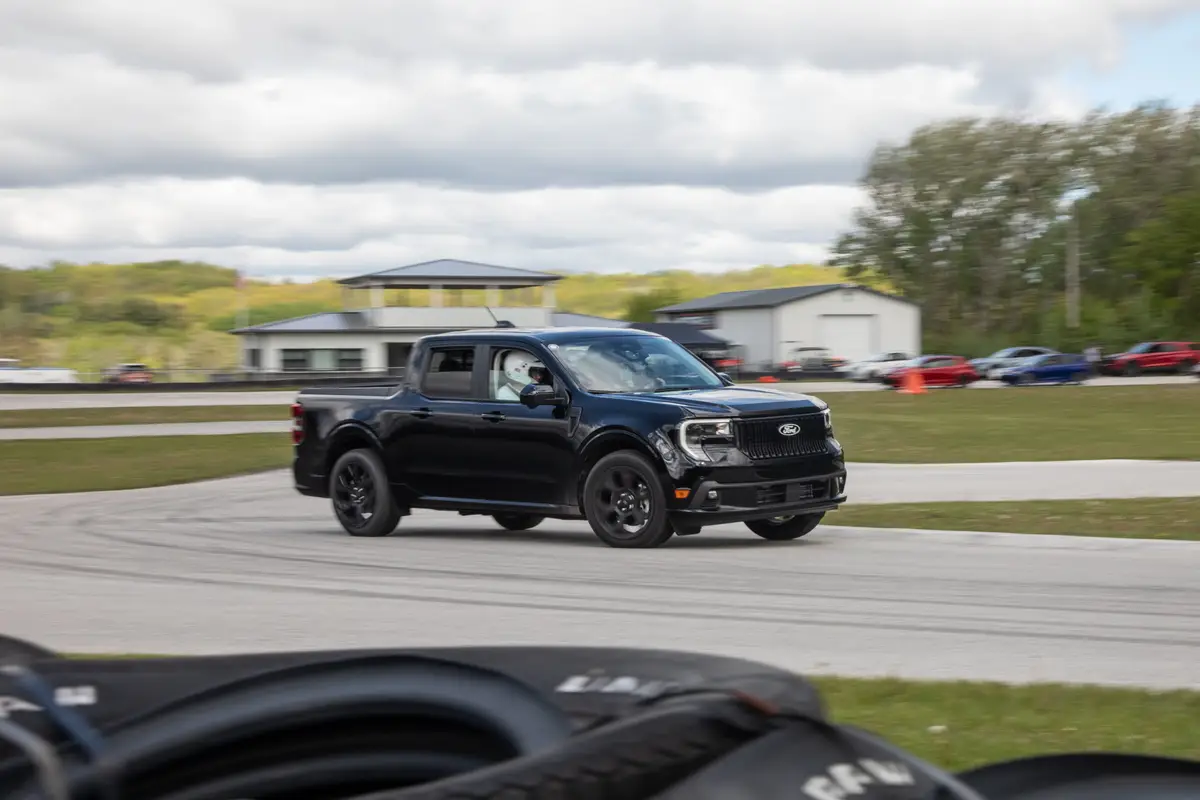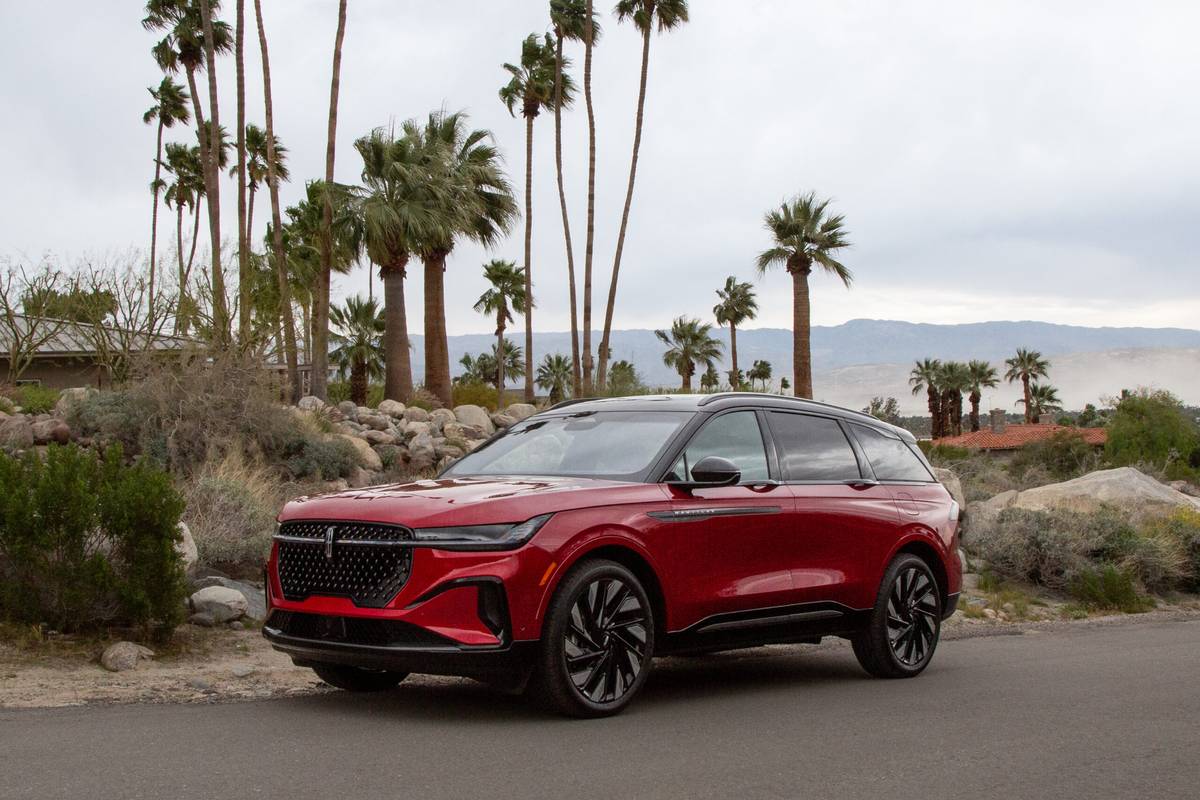Boston.com's view
If the concept of the sport utility vehicle was just now dawning, it is doubtful that any manufacturer would build one the way they were first built – boxes set atop the ladder frames of trucks with leaf springs for rear suspension.
Toyota, which this year has five models of SUV on the market, had the luxury of hindsight when it set out to build a new “big” SUV with modern amenities.
So the new Sequoia, about the size of a Ford Expedition and much roomier than that company’s Explorer (which has been redesigned from the ground up for 2002 to make it less trucklike), arrives with state-of-the-art suspension and myriad passive and active safety features.
And remarkably, for a V8-powered, heavy vehicle, it also is tagged by the Environmental Protection Agency as an Ultra Low Emissions Vehicle.
It joins the redesigned RAV 4, the new wagon-like Highlander, 4 Runner, and pricey Land Cruiser (I wonder if Sequoia sales will bite into Land Cruiser sales, given the more than $10,000 differential in price) in Toyota’s SUV stable.
Eight people can ride in broad comfort in the new Sequoia, sitting high as SUVers prefer, but riding on a sophisticated suspension system not common to big SUVs in the past. Up front you find coil spring, double wishbone, independent suspension with low-pressure nitrogen gas shocks and stabilizer bar. The rear is a five-link setup, also with stabilizer bar.
The result is a ride that is remarkably smooth on the highway, yet seems to stiffen when taken off road. I was surprised at how supple this big vehicle was when I took it scrambling up an old logging road over rocks and stumps and loose gravel. It was hard to believe it was the same rig that had been making smooth lane changes at highway speeds only minutes before. Starting in the $36,000 range and topping out at over $42,000, the Sequoia comes in two- and four-wheel-drive versions and SR5 or Limited models. Standard equipment is impressive: On both the SR5 and Limited models, you get power windows, mirrors and door locks, elaborate, multispeaker sound systems, cruise control, and antitheft system. With the Limited, you also get dual front and rear air controls, a roof rack, and a tow package that includes hitch and wiring harness. Leather seats are also standard in the Limited.
In either model, the seats are big and comfortable. Legroom is abundant in all three rows. The second row of seats splits 60/40 and the seats split, fold, and tumble. A gas-assisted boost helps flip the seat effortlessly for entry into the rear third seat. That seat splits 50/50, also folds and tumbles, and can be easily removed for extra cargo space.
Since the Sequoia is based on the popular Tundra pickup truck, its controls are much the same – grouped at center dash, with big knobs and buttons for audio, climate, and choice of two- or four-wheel drive. Low-range is engaged with a stick on the floor.
SUVs are meant to haul people and goodies, and the Sequoia is a veri table trove of nooks and crannies for storage. There’s storage in the doors, in the multilayered center console, in the rear quarter panels. And buy it without the moonroof and it comes with an overhead console with five separate storage compartments.
You get 10 – count ’em – 10 cupholders, four 12-volt power sockets front to rear, and hooks for grocery bags and cargo nets.
Safety being an issue with SUVs, Toyota met that challenge directly. Despite the sense of security riding in an SUV gives many folks, the older models do not protect occupants well in rollovers or side-impact crashes. Toyota beefed up the upper cabin frame, added head-impact protection, and offers, as an option, side airbags and side air curtains. It is also designed, through the use of a front crumple zone, to protect not only its own occupants, but also to stay low and not ride up and over other cars in frontal crashes.
In addition, further addressing safety concerns, Toyota has equipped the Sequoia th skid control and traction control systems. The latter I found to be so dominant as to be annoying – I like to use the gas to steer sometimes in slick situations. Yet for most people, its use of sensors to cut power or apply brakes automatically at the first sign of skid or spin will be a welcome safety feature.
The Sequoia is powered by a modified version of the silky smooth 4.7-liter V8 found in the Tundra. It’s not a beast among big SUVs at 240 horsepower, but its torque band – topping out at 315 lb.-ft. – reaches peak efficiency at around 3,500 rpms – great for towing.
It delivers a quiet, smooth ride, far superior in this regard to any other V8. Clean-running though it is, it still delivered an SUV-like 16 miles per gallon in 10 days of testing.
SUVs are being redesigned these days by virtually everyone who builds them. With the Sequoia, Toyota had the advantage of hindsight and a clean slate.
Nice Touch:
The incredible quiet, smooth ride in such a powerful, large vehicle.
Annoyance:
Dirt and water built up and stayed on the running boards. I fear winter ice will do the same.
Latest news



